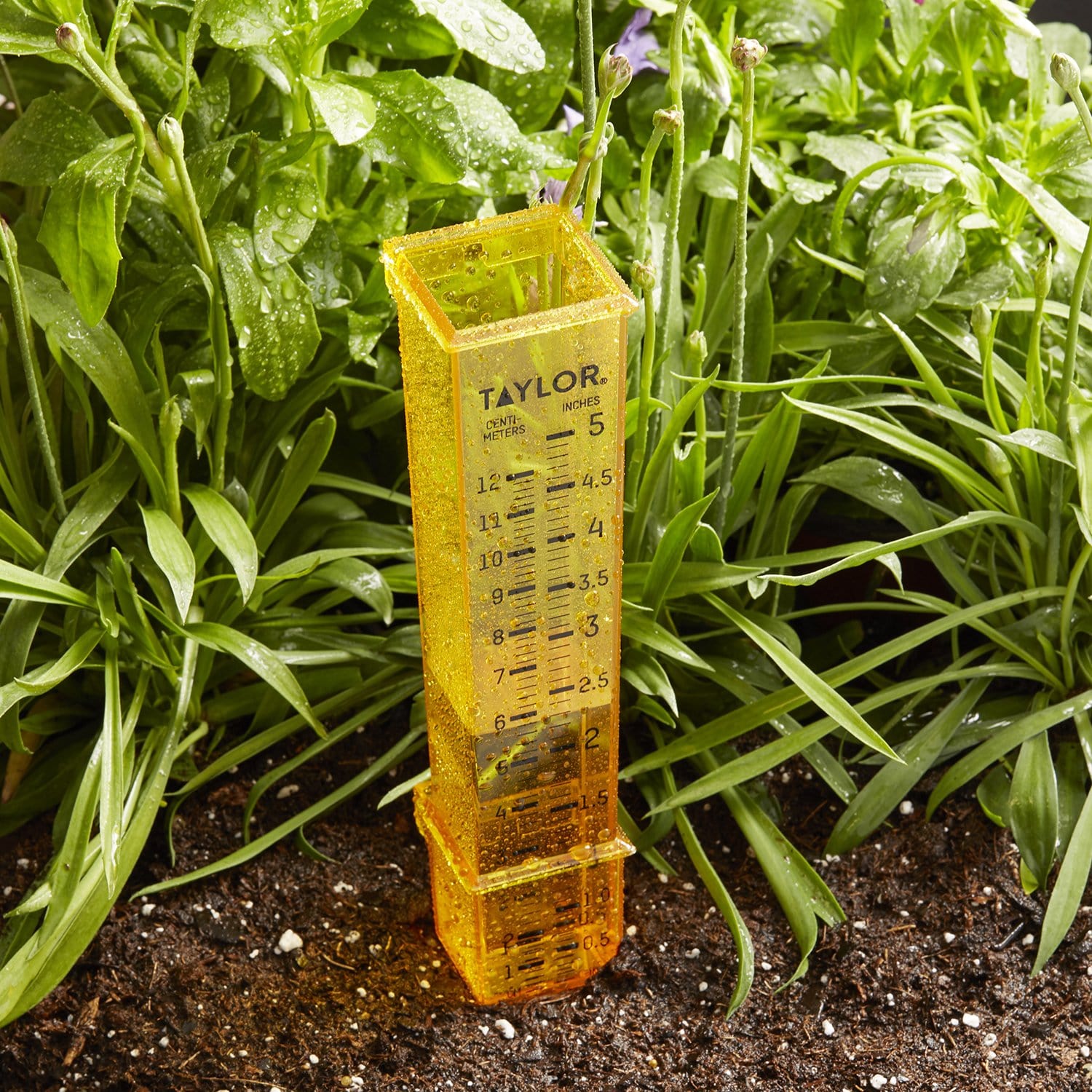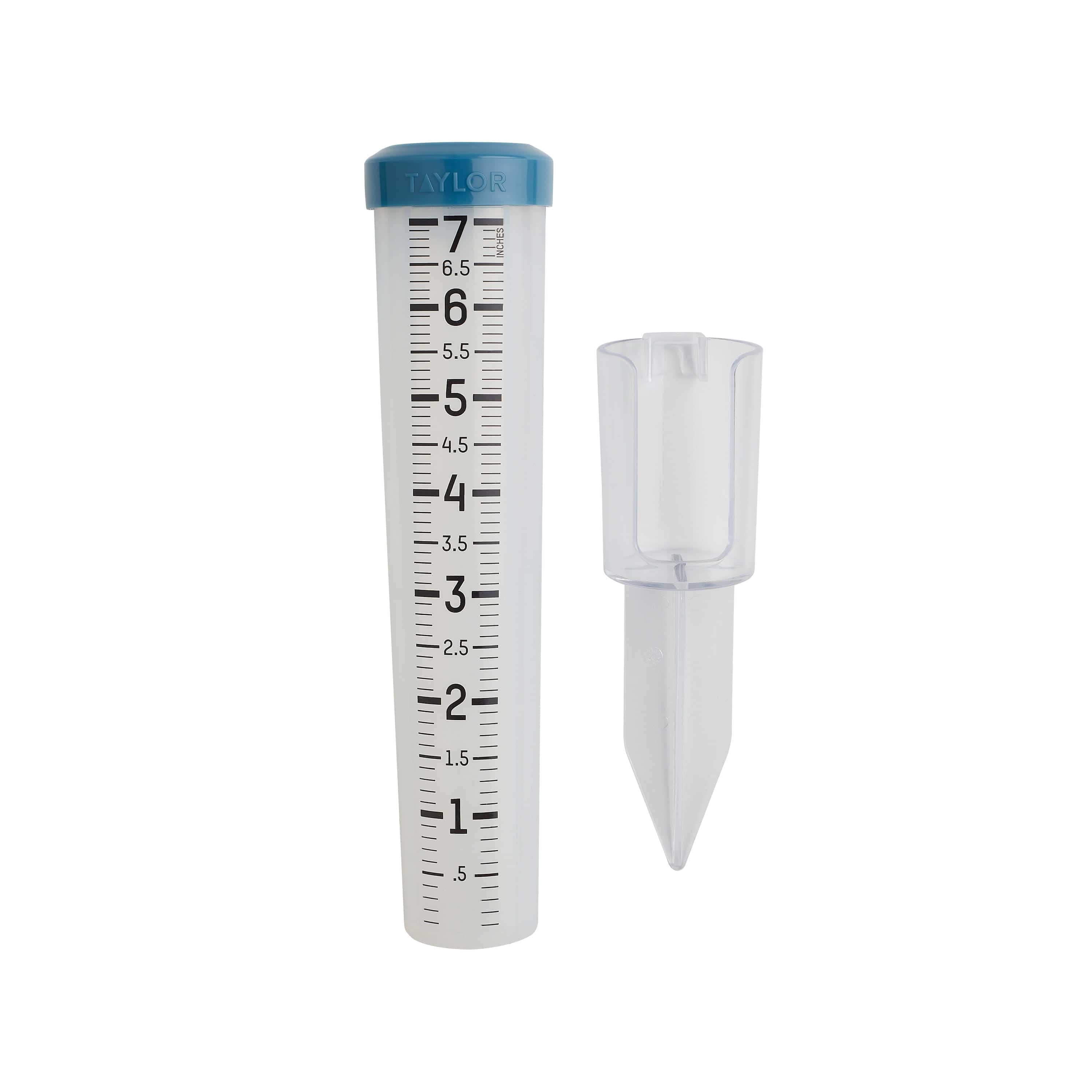The Rain Gauge: Empowering Areas with Accurate Rain Information
Wiki Article
Exactly How to Select the Right Rainfall Gauge for Accurate Rainfall Information
Exact rains data is essential for various markets and activities, such as meteorology, farming, and water resource administration. To acquire reputable measurements, it is essential to select the appropriate rainfall scale. This guide intends to provide important insights into the option process, enabling you to make educated decisions. Thinking about factors such as location, type, and precision of the rain scale will certainly help ensure specific data collection. Additionally, recognizing the upkeep and calibration procedures will certainly add to the longevity and integrity of your rainfall gauge. By following these standards, you can make certain precise rains data, enabling much better decision-making and planning for numerous applications.Relevance of Picking the Right Rain Gauge
The relevance of picking the appropriate rain gauge depends on getting trusted and precise rains information for accurate meteorological analysis. Rain information is vital for a large range of applications, including weather forecasting, hydrological modeling, and environment study. Unstable or imprecise data can result in incorrect final thoughts and flawed decision-making procedures.
Secondly, the precision and precision of the rainfall gauge are critical. The gauge needs to have the ability to gauge rains with high precision, recording even small amounts of precipitation accurately. It ought to additionally reduce mistakes as a result of dissipation, wind, and other environmental aspects. Normal calibration and maintenance are necessary to make certain recurring precision.
In addition, the location and installation of the rain gauge are important considerations. It should be placed in an open location, away from obstructions that could impact rainfall dimensions. The scale needs to be positioned at an ideal height and angle to avoid spilling and make certain correct catchment of rainwater.
Aspects to Consider When Choosing a Rainfall Gauge
When selecting a rain scale, there are numerous vital variables to think about. These aspects can substantially impact the accuracy and dependability of the rains data collected. The very first factor to take into consideration is the kind of rainfall scale. There are different kinds readily available, consisting of typical rain determines, tipping bucket rain evaluates, and considering rainfall evaluates. Each type has its own advantages and negative aspects, so it is essential to choose one that best suits your specific requirements and demands.Another element to consider is the product of the rain scale. Rain determines can be made from numerous materials, such as steel, glass, or plastic. The product picked should be resistant and long lasting to weather, ensuring that the rainfall scale will endure the elements and offer exact dimensions in time.
Precision is also an important aspect to take into consideration. Search for rainfall evaluates that have actually been calibrated and tested for precision. Functions such as anti-splash rings and funnels can additionally enhance the accuracy of the dimensions.

Last but not least, take into consideration the climate and environment in which the rainfall scale will be utilized. Different rainfall determines appropriate for different climates, so it is necessary to choose one that is appropriate for the problems in your area.
Different Kinds of Rainfall Assesses Offered
To better discover the variables to think about when choosing a rainfall gauge, it is important to comprehend the different types of rainfall assesses offered. The most common kind is the standard rainfall scale, additionally known as the cylindrical rain scale.An additional sort of rainfall scale is the tipping bucket rainfall gauge. This scale utilizes a seesaw-like device to collect and determine rains. As the rain falls right into the gauge, it fills up one side of the container, triggering it to empty the water and tip. The number of pointers is counted online to figure out the quantity of rains. Tipping bucket rain determines are preferred for their precision and capacity to measure rainfall intensity.
A third kind of rain scale is the weighing rain scale. As the rain falls right into the scale, it is gathered in a container attached to a balance.
Finally, there are additionally remote rainfall evaluates that use progressed technology to measure rainfall (The Rain Gauge). These gauges usage sensors and transmitters to send data wirelessly to a central unit. Remote rainfall gauges are hassle-free for keeping an eye on rainfall in hard-to-reach areas or for massive information collection
How to Identify the Precision of a Rainfall Scale
One method to evaluate the precision of a rainfall scale is by carrying out routine calibration measurements. Calibration entails comparing the analyses of a rain scale to a conventional dimension, such as a qualified rainfall gauge or a weather condition terminal with high precision. By contrasting the dimensions, any kind of inconsistencies or inaccuracies in the rain scale can be determined and accounted for.To carry out a calibration measurement, start by gathering rains data from both the rainfall gauge and the common dimension gadget Web Site over a certain amount of time, such as a month. After that, contrast the analyses and determine the difference between them. This distinction is referred to as the calibration error.
It is vital to keep in mind that calibration measurements ought to be executed routinely, as ecological variables, such as temperature, wind, and particles, can affect the precision of the rain scale in time. By conducting regular calibrations, any kind of adjustments in the accuracy of the rainfall gauge can be found and adjustments can be made as necessary.
Along with calibration, it is additionally suggested to tidy and maintain the rainfall gauge routinely to guarantee its accuracy. Eliminate any type of debris or obstructions that might affect the accuracy of the dimensions, and examine for any indications of damage or wear that might need repair work or replacement.
Tips for Keeping and Adjusting Your Rain Gauge
Routine upkeep and calibration are essential for making sure the precision and reliability of your rain scale in gauging rains information (The Rain Gauge). By adhering to a few basic ideas, you can make look at this now certain that your rain gauge is properly maintained and calibratedFirstly, it is essential to clean your rainfall gauge frequently to avoid any type of debris or dust from blocking the rain collection system. Utilize a moderate cleaning agent and a soft brush to delicately clean up the within and beyond the scale. Rinse it extensively with clean water and permit it to dry totally prior to re-installing it.
Secondly, it is advised to calibrate your rainfall scale a minimum of annually. Calibration entails contrasting the measurements of your rain gauge with those of a trusted and accurate reference gauge. This will certainly aid you recognize and fix any kind of prospective mistakes in your rainfall scale's measurements.
To calibrate your rainfall scale, gather a recognized volume of water making use of a measuring container and contrast it with the dimensions tape-recorded by your rain scale. Change the analyses appropriately to ensure accuracy.

Final Thought
In final thought, choosing the right rainfall scale is crucial for getting exact rains information. Elements such as purpose, spending plan, and area must be taken into consideration when choosing a rainfall gauge.There are different types readily available, including basic rain assesses, tipping bucket rain gauges, and weighing rainfall evaluates.To further explore the aspects to consider when selecting a rainfall gauge, it is important to comprehend the different kinds of rainfall determines offered. The most common kind is the common rain gauge, likewise recognized as the cylindrical rainfall gauge.An additional kind of rainfall scale is the tipping bucket rain scale. Calibration involves contrasting the readings of a rainfall gauge to a standard measurement, such as a certified rain gauge or a climate find out station with high accuracy.
Report this wiki page